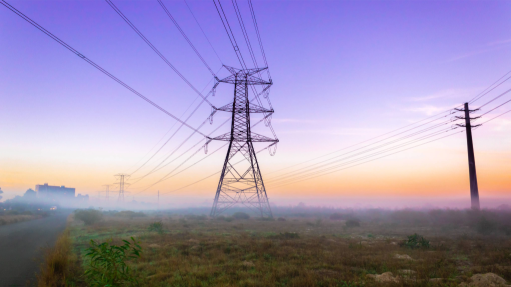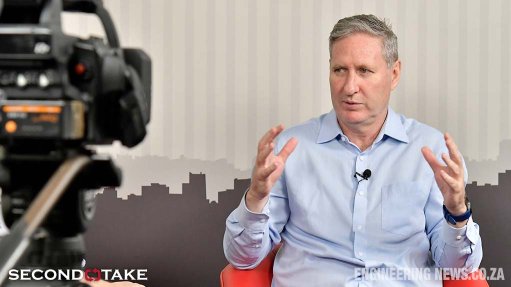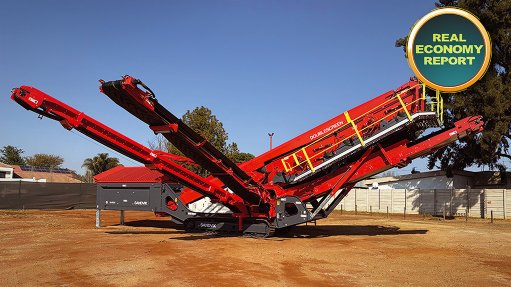Riots and strikes
We are in an era of strikes and riots. Workers at State-owned power utility Eskom have been on strike for weeks and have just settled, the taxi drivers are on strike, the public workers union is threatening a strike, platinum workers are on strike, and so on.
All strikes happen with the usual degree of public violence – buses burned, property damaged, and so on. The employer loses production and revenue, and so do the workers, and soon, as worker numbers thin by natural attrition, there are fewer workers and thus there is less worker income.
One of the ‘good’ things about strikes is that they continually encourage owners to find ways of doing things with fewer people. I put ‘good’ in inverted commas because, if the result of a strike is to reduce employment, then this cannot be a really good thing, as it results in one more unemployed person. When electricity- sector workers go on strike, they are encouraging employers to adopt new electrical technologies to eliminate workers. It is a fine line – but a real one.
One can learn a lot from strikes by reading about historical strikes. One of the longest strikes was the British miners strike of 1984 to 1985, which was a major industrial action to shut down the British coal industry in an attempt to prevent colliery closures. The result of the strike was to make the way clear for Britain to depend on cheap imported coal, gas, oil and nuclear power. The moment the strikes became widespread, the more the British government could ignore their effect and use other forms of energy. In the end, the miners lost and, when I was in Yorkshire in 2016, the closure of the last British coal mine was announced.
Another historical strike was the ‘Wapping dispute’. The newspaper empire News International owned the Sunday Times, The Times and The Sun. The owner, Rupert Murdoch, wanted to put in technological advances that would put 90% of the old-fashioned typesetters out of work. The print workers went on strike. Murchoch built a new factory at Wapping and staffed it. Enough printers – 670 – were employed to produce the same number of pages that 68 00 men printed at previous plants. The question was: Why did the strike happen? Was Murdoch just greedy? The point of the matter was that the printers got greedy and, by various means, they wound up labour costs to the point where the newspapers were on the borderline of profitability. Something had to give.
The South African Lonmin strike, which began on August 9, 2012, ultimately led to the death of 34 people. Lonmin gave in to their demands, including back pay to the date of the strike. Since then, Lonmin, as a mining company, has struggled on and workers have hardly benefited.
It is obvious that all modern strikes are about getting more money and generally for the workers to get more money than they need and for them to increase employer costs to a level that makes the workers unaffordable.
This sort of commercial system has but one end – embodied, I think, in a factory I visited. The factory turns on blow-moulded plastic bottles, thousands a day. In the actual factory, there are three workers and 20 machines. The machines do everything automatically: form, stack, pack, label . . . all the workers do is poke the machines with a stick if a jam occurs. There is nobody to go on strike. This is a horrible thing to see. I do not think working in a bottling factory is that great, but, with so few staff, to what extent is a sense of community developed? Do the few workers enjoy their work? I think we are on the cusp of some great truths. I think massive automation is on its way. I think strikes will become redundant, since workers will be redundant. Very scary thought.
Comments
Announcements
What's On
Subscribe to improve your user experience...
Option 1 (equivalent of R125 a month):
Receive a weekly copy of Creamer Media's Engineering News & Mining Weekly magazine
(print copy for those in South Africa and e-magazine for those outside of South Africa)
Receive daily email newsletters
Access to full search results
Access archive of magazine back copies
Access to Projects in Progress
Access to ONE Research Report of your choice in PDF format
Option 2 (equivalent of R375 a month):
All benefits from Option 1
PLUS
Access to Creamer Media's Research Channel Africa for ALL Research Reports, in PDF format, on various industrial and mining sectors
including Electricity; Water; Energy Transition; Hydrogen; Roads, Rail and Ports; Coal; Gold; Platinum; Battery Metals; etc.
Already a subscriber?
Forgotten your password?
Receive weekly copy of Creamer Media's Engineering News & Mining Weekly magazine (print copy for those in South Africa and e-magazine for those outside of South Africa)
➕
Recieve daily email newsletters
➕
Access to full search results
➕
Access archive of magazine back copies
➕
Access to Projects in Progress
➕
Access to ONE Research Report of your choice in PDF format
RESEARCH CHANNEL AFRICA
R4500 (equivalent of R375 a month)
SUBSCRIBEAll benefits from Option 1
➕
Access to Creamer Media's Research Channel Africa for ALL Research Reports on various industrial and mining sectors, in PDF format, including on:
Electricity
➕
Water
➕
Energy Transition
➕
Hydrogen
➕
Roads, Rail and Ports
➕
Coal
➕
Gold
➕
Platinum
➕
Battery Metals
➕
etc.
Receive all benefits from Option 1 or Option 2 delivered to numerous people at your company
➕
Multiple User names and Passwords for simultaneous log-ins
➕
Intranet integration access to all in your organisation
















